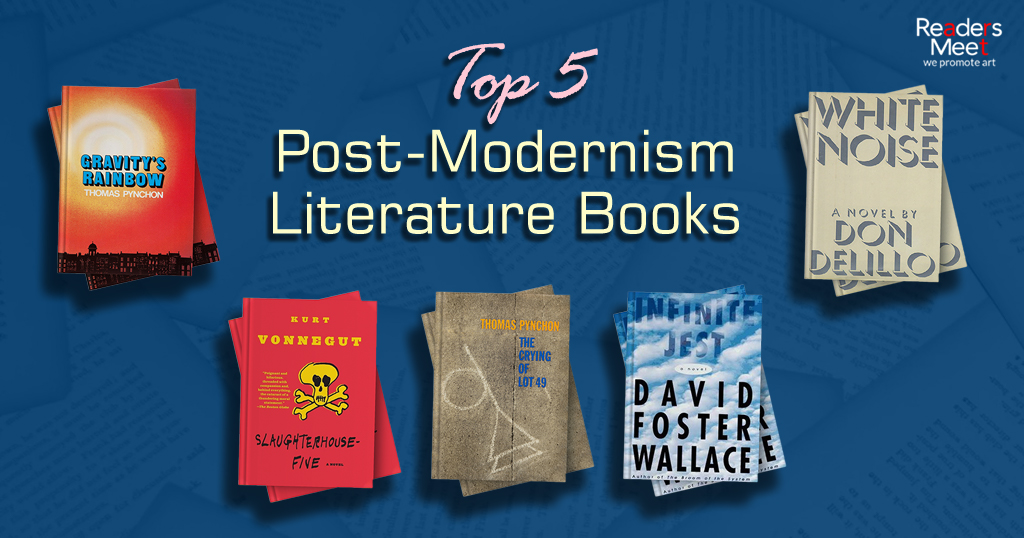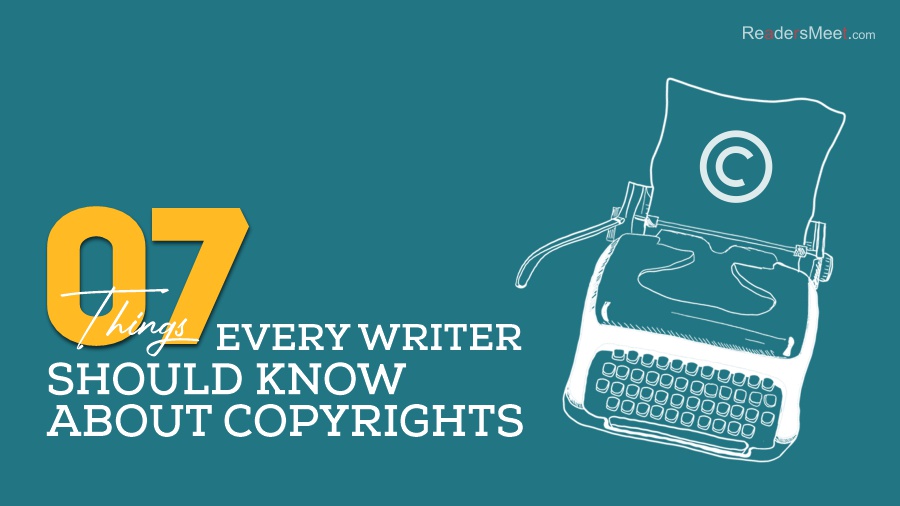Post modernism literature books are like a literary rollercoaster. It often mixes different writing styles. Postmodern literature often focuses on how stories are told, rather than just the content. It challenges us to question the nature of reality and fiction.
If you’re ready to explore this exciting genre, be prepared. You would enjoy a wild ride filled with surprises, thought-provoking ideas, and a whole lot of fun. If you think you know a lot about storytelling, then think again! These post modernism literature books showcase the diversity and complexity of postmodern literature.
Here are five essential postmodernism literature books:
1. “Gravity’s Rainbow” by Thomas Pynchon
Thomas Pynchon’s Gravity’s Rainbow is a complex and challenging novel that exemplifies the key elements of postmodern literature. The novel is filled with paranoia, conspiracy theories, and a fragmented narrative that jumps between different time periods and locations. It references a wide range of historical and cultural texts, blurring the lines between fiction and nonfiction.
At its core, Gravity’s Rainbow explores themes of entropy, chaos, and the elusive nature of truth. The characters are often consumed by a sense of randomness and the inevitability of decay, while the novel challenges the reader’s assumptions about reality. This postmodern masterpiece offers thought-provoking and enigmatic exploration of the human condition in the aftermath of World War II.
2. “Slaughterhouse-Five” by Kurt Vonnegut
Kurt Vonnegut’s Slaughterhouse-Five is a darkly humorous and anti-war novel that explores the absurdity of existence and the horrors of war. The protagonist, Billy Pilgrim, becomes unstuck in time, reliving the same moments over and over again. This time-traveling motif allows Vonnegut to explore themes of fate, free will, and the cyclical nature of history.
The novel is a scathing critique of war, particularly the firebombing of Dresden during World War II. Vonnegut uses satire, black humor, and surrealism to convey the senselessness and brutality of conflict. The novel’s ending, which features Billy Pilgrim living in a glass cage on a planet called Tralfamadore, offers a unique perspective on the meaning of life and death.
3. “The Crying of Lot 49” by Thomas Pynchon
Thomas Pynchon’s The Crying of Lot 49 is a postmodern mystery novel that follows Oedipa Maas, a housewife who becomes embroiled in a conspiracy involving a secret society known as the Tristero. As Oedipa delves deeper into the mystery, she becomes increasingly uncertain about the nature of reality and the existence of the Tristero.
The novel’s fragmented narrative, unreliable narrator, and ambiguous ending are characteristic of postmodern literature. The Crying of Lot 49 is a thought-provoking and enigmatic work that invites readers to question the nature of truth, reality, and the individual’s place in the world.
4. “Infinite Jest” by David Foster Wallace
David Foster Wallace’s Infinite Jest is a sprawling, postmodern masterpiece that explores themes of addiction, entertainment, and the nature of reality. The novel is set in a near-future America where a mysterious videotape, known as “Infinite Jest,” is rumored to be so addictive that it can cause instant death.
The narrative follows a complex web of characters, including a former tennis prodigy turned drug addict, a group of intellectuals known as the “Ennui House,” and a mysterious organization called the “Substance Abuse Free All-Purpose Happy Are You Committee.” The novel’s dense prose, intricate plot, and philosophical depth make it a challenging but rewarding read.
5. “White Noise” by Don DeLillo
Don DeLillo’s White Noise is a postmodern exploration of contemporary American culture, examining themes of consumerism, media, death, and the fear of the unknown.
The novel follows Jack Gladney, a college professor obsessed with Hitler studies, as he navigates the mundane yet surreal aspects of suburban life.
DeLillo’s prose is both satirical and insightful, dissecting the superficiality of consumer culture and the pervasive influence of media. The novel culminates in a mysterious “airborne toxic event” that throws the community into chaos. That forces the characters to confront their mortality and the fragility of their existence.
Conclusion
These five post modernism literature books are like a literary buffet of postmodernism, each offering a unique and flavorful experience. From the fragmented narratives of Gravity’s Rainbow to the satirical exploration of consumer culture in White Noise, these texts showcase the diverse and challenging nature of the postmodern genre. Reading these books will help you understand the unique features of postmodernism and why it’s so interesting.



